Highlights from the European Pesticide Residue Workshop 2016
Don’t miss our exclusive video presentations and interviews filmed at the EPRW 2016
4 Jan 2017
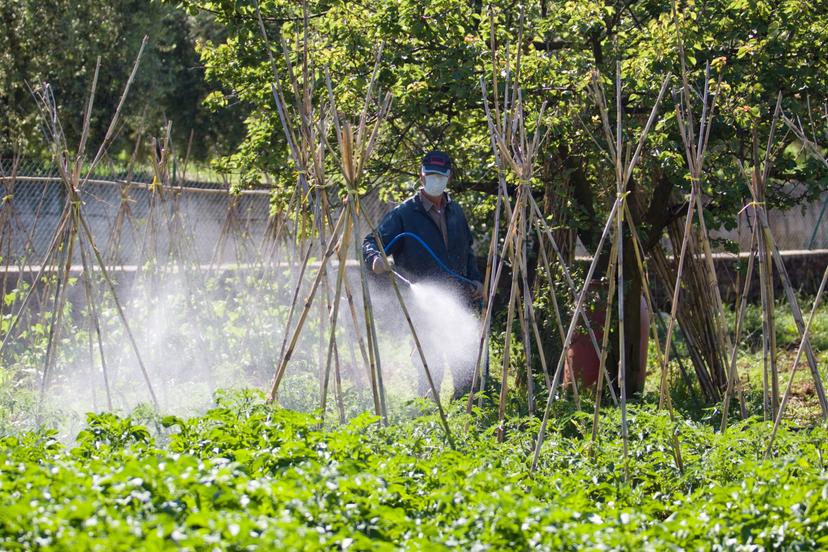
Image credit: Lucarelli Temistocle/Shutterstock
The EPRW is the leading European meeting for the presentation of the latest concepts and developments in the field of pesticide residue analysis of food and drink. It provides a platform for the exchange of information and experience in the field, and brings together people from each of the relevant sectors. Learn about the important issues discussed at the workshop and discover the technology that is revolutionizing the field of pesticide analysis.
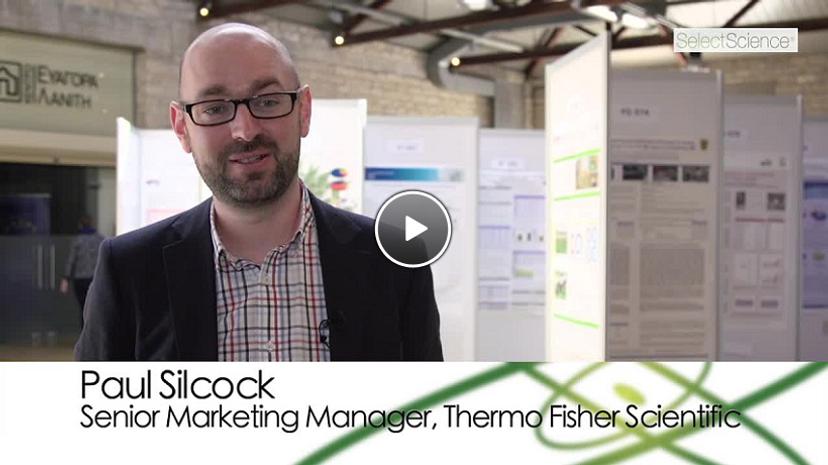
Watch Paul Silcock, Senior Marketing Manager at Thermo Fisher Scientific, discuss how GC Orbitrap technology enables detection of low level pesticides in complex matrices, through both qualitative and quantitative analysis, with untargeted acquisition and high selectivity. Watch the video here >>
2. Selective Pesticide Screening using Simultaneous Full Scan MS and MS/MS Workflows

From a poster presentation at EPRW, find out how Carmen Ferrer Amate, EURL-FV, Universidad de Almería-Edificio de Química, uses High Resolution Accurate Mass (HRAM) MS to screen difficult matrices, such as fruit and vegetable samples for muti residue pesticides analysis. Operated with full scan acquisition, together with flexible fragmentation workflows, this technology can be used to optimize detection rates and minimize false detection rates. Read the full article here >>
3. Ensuring Selectivity and Robustness in Pesticide Residue Analysis

In an interview with SelectScience®, Maciej Bromirski, Thermo Fisher Scientific, discussed the rise in uptake of Orbitrap technology for the use of pesticide residue analysis. Learn how he is overcoming the challenges of pesticide residue analysis, in a range of matrices, and find out about the unique Orbitrap technology for pesticides analysis. Read the full article here >>
4. The Importance of Sensitivity in Screening Food Samples for Pesticides
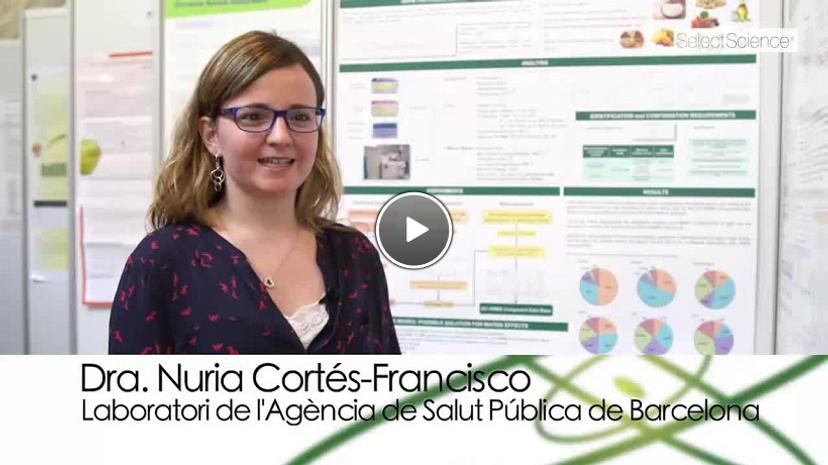
Watch this video to hear Dra. Nuria Cortés-Francisco, Laboratori de l'Agència de Salut Pública de Barcelona, explain the technology her accredited lab uses to analyze for more than 35,000 samples a year. Using a combination of LC and GC, coupled with triple quad mass spectrometers, her lab analyzes over 240 pesticides every day, in a range of different food commodities. Watch the video here >>
5. Protecting Consumers by Ensuring Safer Food
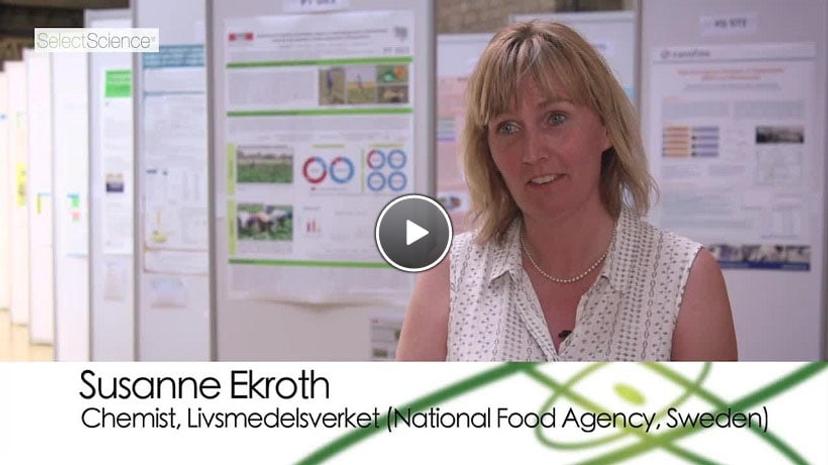
In this video, hear Susanne Ekroth, Chemist, Livsmedelsverket (National Food Agency, Sweden), explain how the agency facilitates the detection of food contaminants at low levels, through the development of new analytical methods. By using Orbitrap technology, the team aims to provide safer food for the consumer. Watch the video here >>

In a presentation recorded at EPRW, Richard Fussell, Thermo Fisher Scientific, described how IC-MS could be used for effective analysis of polar ionic pesticides. Using IC-MS, he was able to overcome the difficulties encountered when employing conventional chromatographic methods. Read the full article here >>
7. A Novel Approach to Determining Unknown Pesticides in Fruit and Vegetables
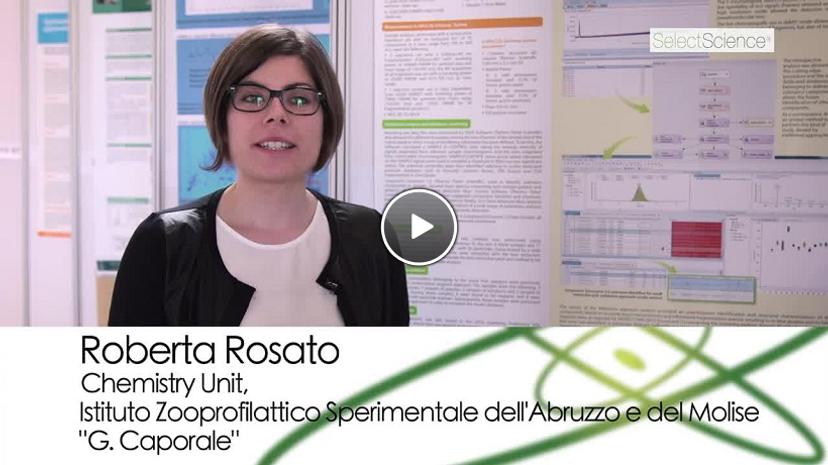
Hear Roberta Rosato, Chemistry Unit, Istituto Zooprofilattico Sperimentale dell'Abruzzo e del Molise "G. Caporale", explain a novel approach to determining unknown pesticides, using an LC-Orbitrap system, and find out how the public health laboratory is using this technology to screen food samples. Watch the video here >>

